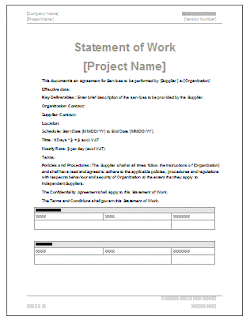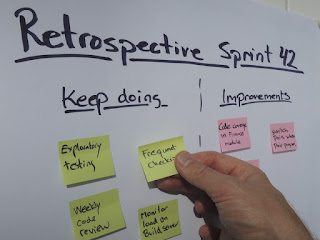Statement of Work A Statement of Work (SOW) is a document routinely employed in the field of project management. It defines project-specific activities, deliverables and timelines for a vendor providing services to the client. Overview Various formats & styles of Statement of Work document templates have been specialized for the hardware or software solutions. Many companies create their own customized version of SOWs that are specialized or generalized to accommodate typical requests and proposals they receive. Note that in many cases the Statement of Work is a binding contract. Master Service Agreements or Consultant/Training Service agreements postpone certain work-specific contractual components that are addressed in individual Statements of Work. The Master Services Agreement serves as a master contract governing the terms over potentially multiple SOWs. Sometimes it refers to Scope of work. Know what to include. Bruce Russell, who signed off on numerous SOWs when ...


